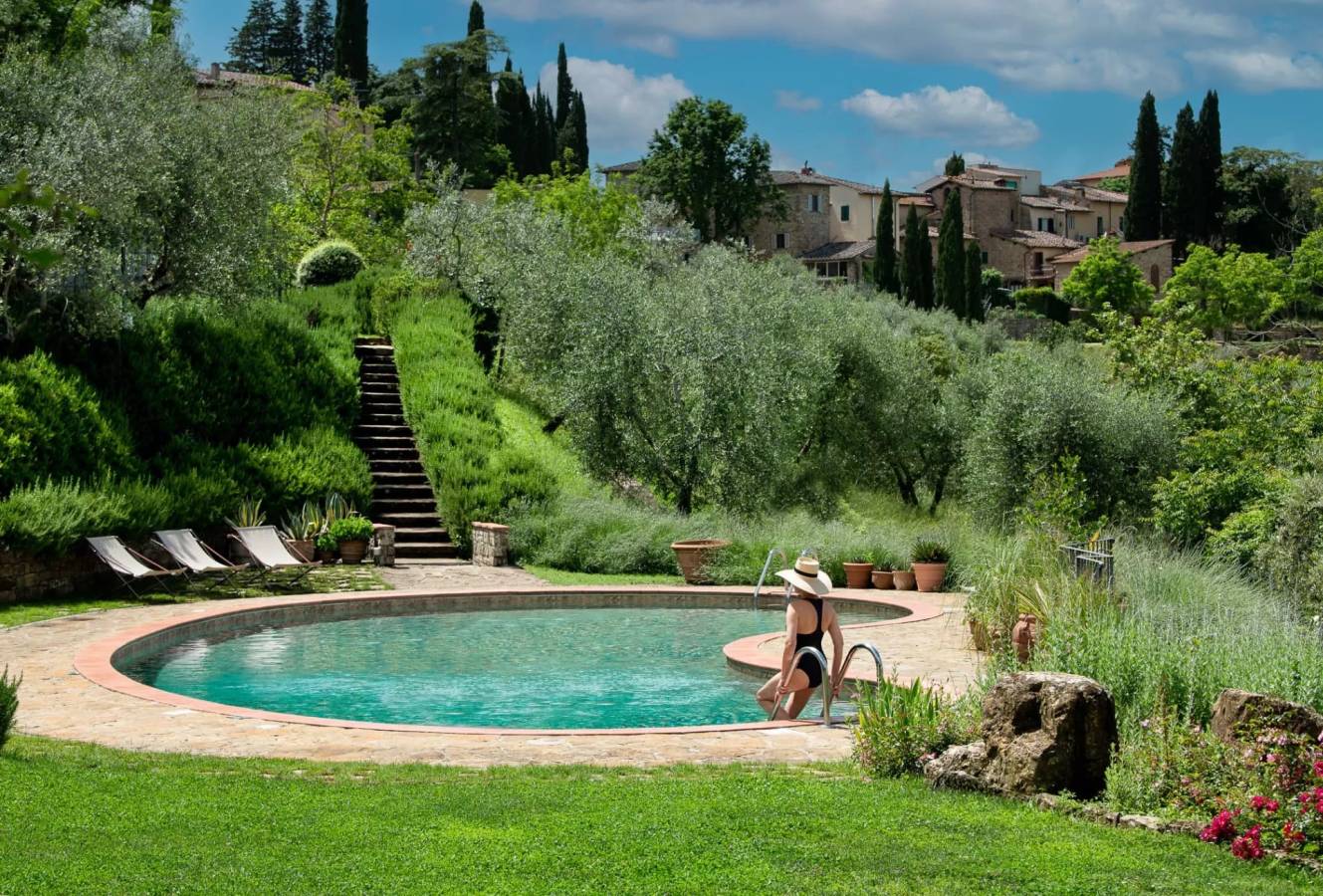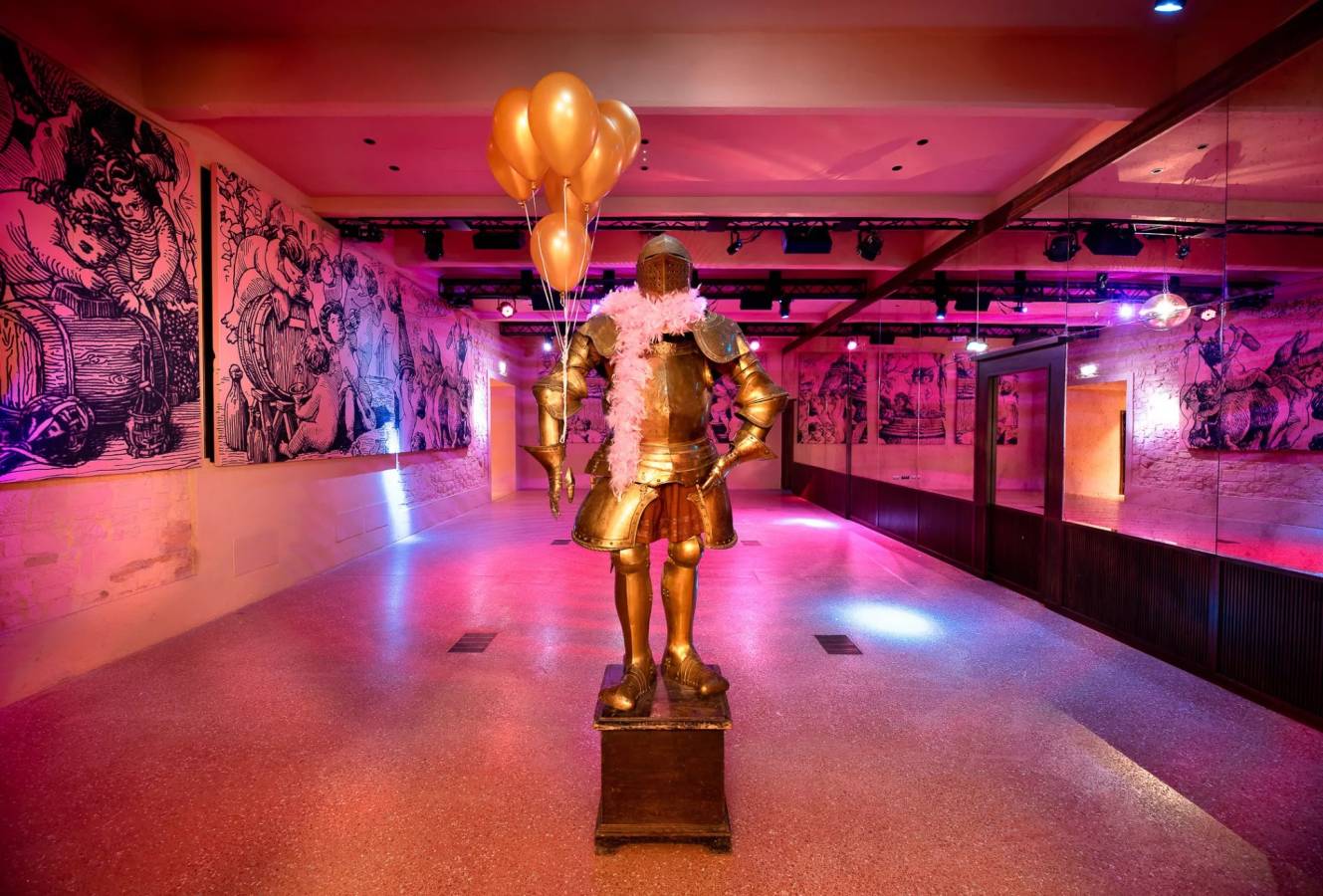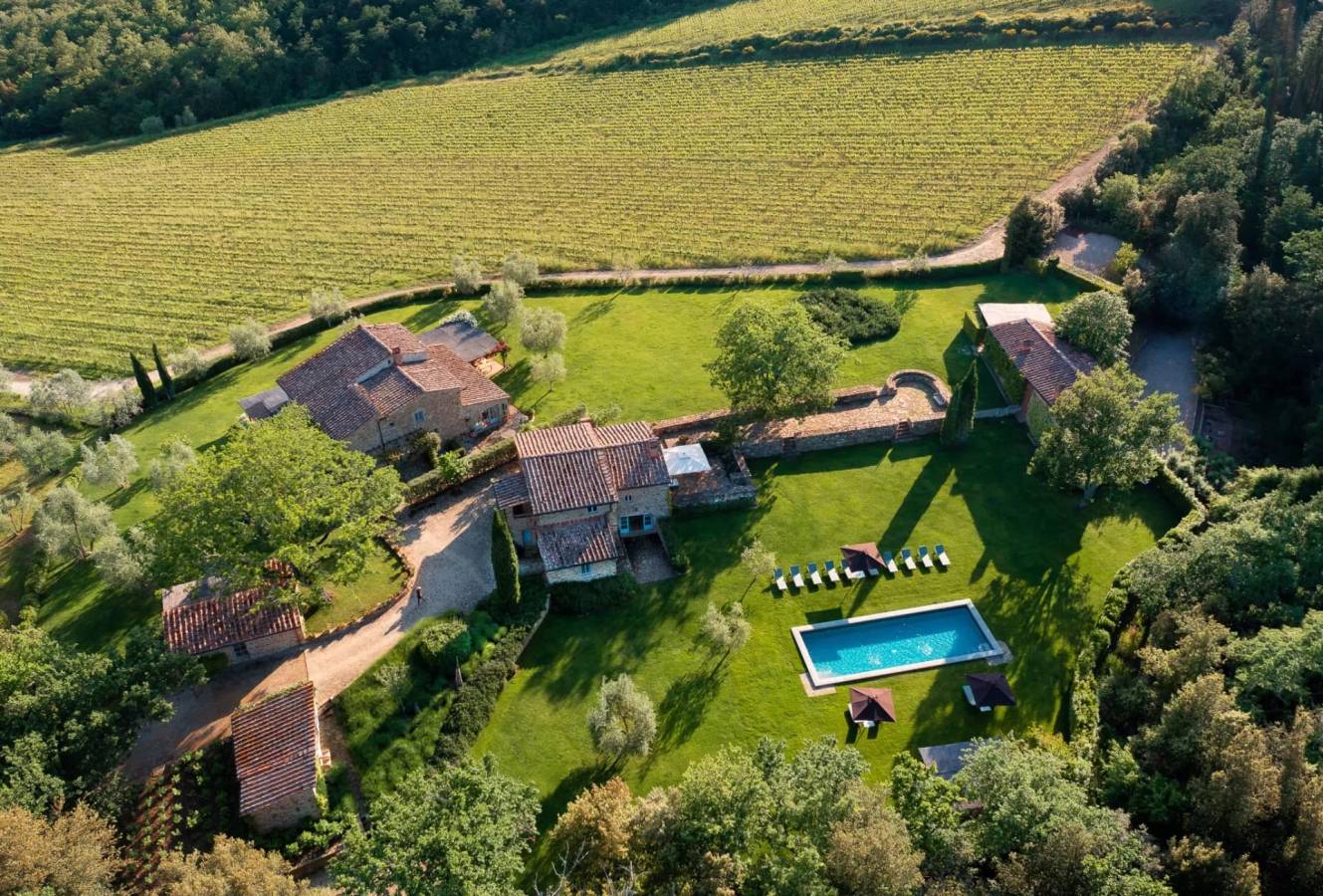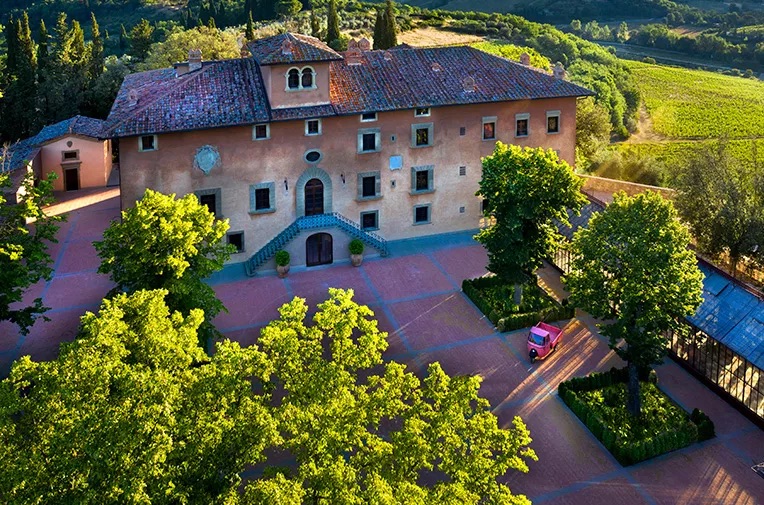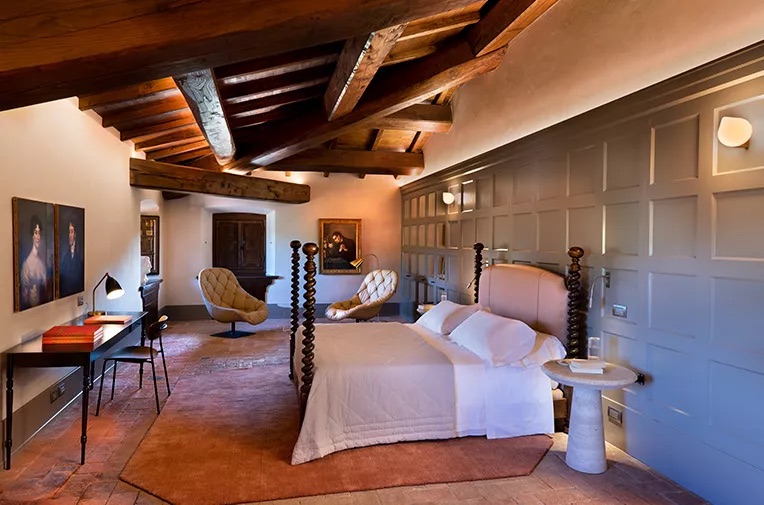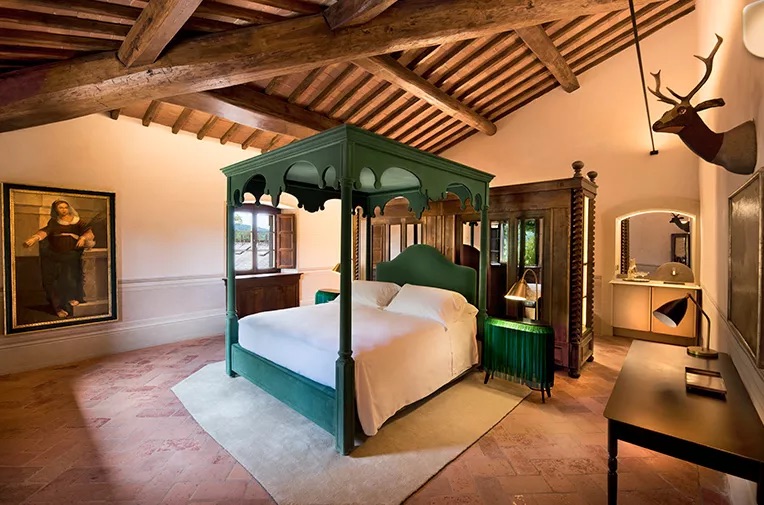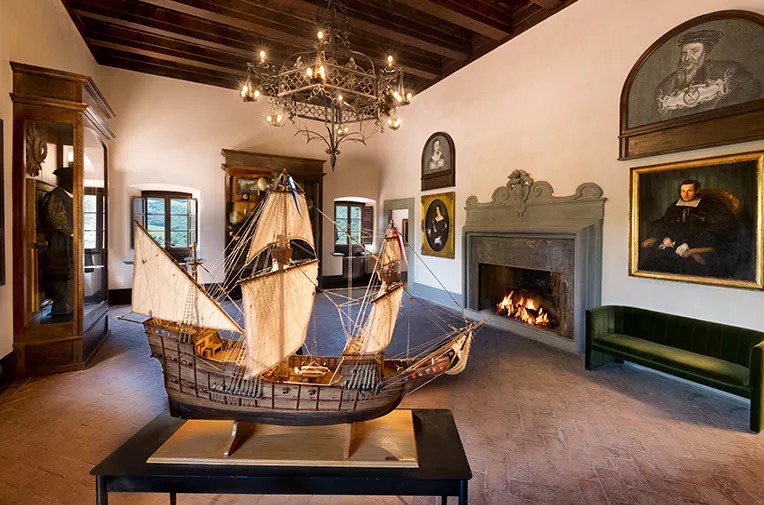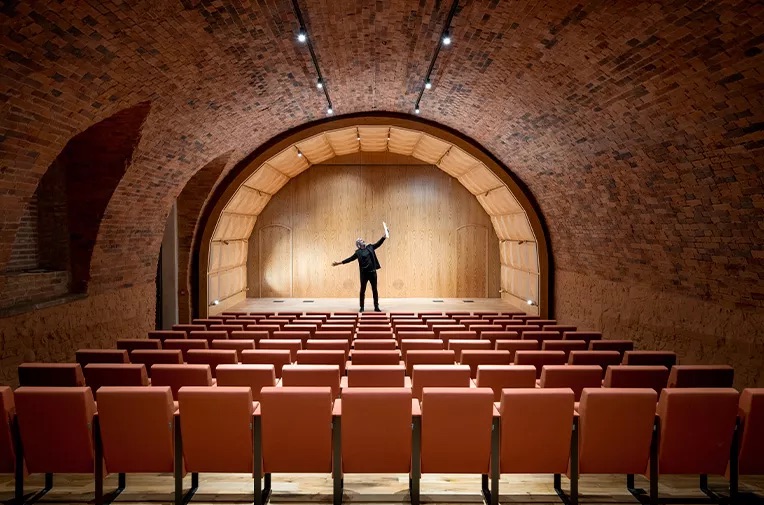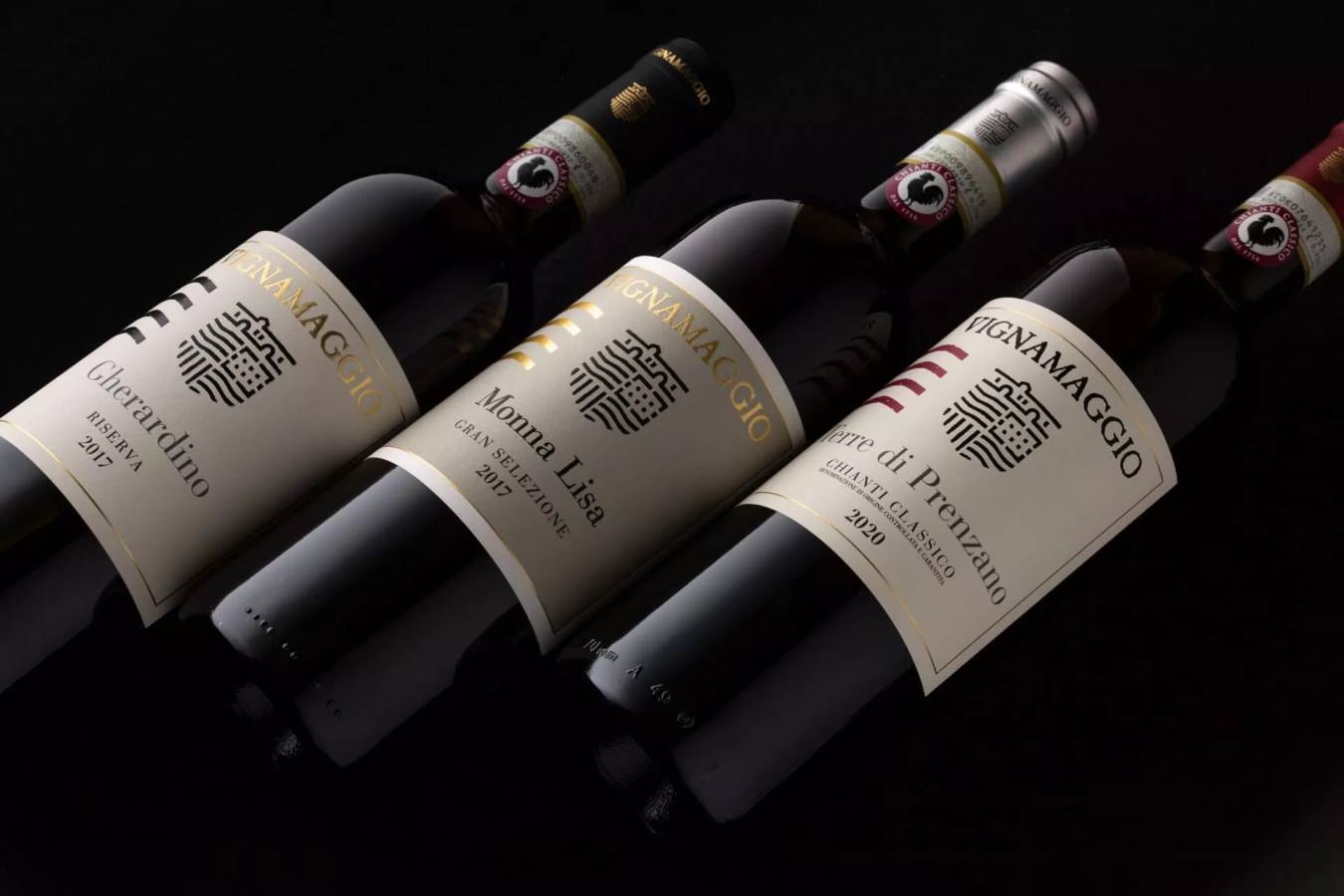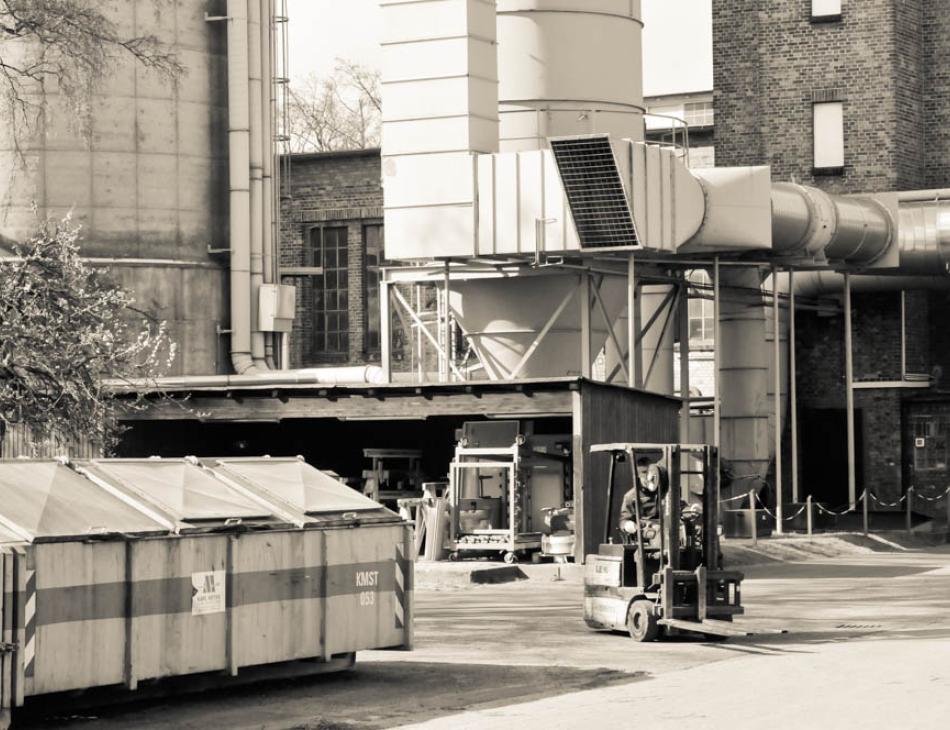Discover the Splendour of Vignamaggio: An Exquisite Organic Vineyard and Hotel Nestled in the Heart of Chianti, Italy
Vignamaggio Hotel Chianti Italy
Mona Lisa's ancestral abode, nestled amidst the rolling Chianti hills above Greve and a mere stone's throw from Panzano, now stands as a luxurious haven for travellers. A short forty-minute drive south of Florence unveils this gem of a hotel, once the cherished family home of the enigmatic Mona Lisa.
In 2014, the esteemed architect and garden virtuoso, 65-year-old Patrice Taravella, took ownership of the "Villa Rinascimentale" along with its sprawling grounds, embarking on a mission to revive its former splendour.
Born to Italian parents in Falaise, Normandy – a town steeped in history as the birthplace of William the Conqueror – Taravella's architectural journey commenced at the esteemed Beaux Arts in Paris. Following two decades of shaping various architectural marvels, from grand theatres to bustling commercial complexes, Taravella embarked on a new venture: the garden-farm-hotel concept.
His notable creations, including the Prieure d’Orsan monastic kitchen garden in France's Berry region and the eco-conscious Babylonstoren in South Africa's Cape Winelands, speak volumes of his dedication to merging organic practices with medieval-inspired garden aesthetics.
Taravella's affection for Vignamaggio blossomed upon first sight, enamoured by its enchanting setting amidst verdant forests near the Greve River's source. The allure of the 1926 Sanminiatelli garden, adorned with intricate box hedges, ancient Lecci (holm oaks), and majestic 300-year-old cypress trees reminiscent of Sir Kenneth Branagh's cinematic portrayal in "Much Ado About Nothing," coupled with the estate's rich gardening heritage and convenient proximity to Florence airport, spurred his decision to invest both time and resources into its restoration.
Today, Vignamaggio boasts 62 hectares of flourishing vineyards, 5000 olive trees including Frantoio, Leccino, Morailolo, and Pendolino varieties, alongside 12 hectares of orchards.
Embark on a delightful morning stroll to the Casolese Sala delle Colazioni, where a picturesque path flanked by olive trees leads to an indulgent breakfast spread. From apricot jam "crostata" to "schiacciata alla Fiorentina" flatbread cake, savour an array of delectable treats amidst the rustic charm of this Tuscan retreat.
With roots tracing back to 1404, Vignamaggio stands as one of Tuscany's most esteemed farming estates, formerly known as Prenzano. The Gherardinis, who called this estate home from 1421 to 1831, contributed to its legacy of winemaking excellence.
Mona Lisa's association with the region adds a captivating dimension to Vignamaggio's history, as she may have traversed its grounds or found solace within its serene ambiance. Her familial ties to Chianti and Florence enrich the estate's storied narrative.
As you immerse yourself in the allure of the Chiantigiana route, exploring quaint villages and historic landmarks, let Vignamaggio be your sanctuary of tranquillity amidst the timeless beauty of Tuscany. With spa treatments and scenic vistas awaiting your discovery, indulge in the essence of this historic estate, where every moment is a testament to the region's rich heritage and natural allure.
Da Vinci finds his final resting place within the walls of Ambroise castle in the Loire. The year 2019 marked the poignant 500th anniversary of his passing. Visitors can delve into his early years by visiting his childhood home in Vinci, where a museum within its castle offers insights into his formative years.
His renowned masterpiece, left incomplete and unpaid, likely took form between 1503 and 1506. The title "Monna" translates to "Madam" or "Mrs" in Italian, hinting at the subject's identity. Art historian Giorgio Vasari famously identified Monna Lisa Gherardini, daughter of Anton Maria di Noldo Gherardini, as the enigmatic subject of the painting. It's believed that Mona Lisa frequented the serene landscapes of Chianti during her lifetime.
In 1716, the Grand Duke of Tuscany, Cosimo III, officially designated the Chianti production zone, encompassing the picturesque landscapes between the provinces of Florence and Siena. This region, steeped in tradition, includes the charming communities of Castellina, Gaiole, Greve, and Radda. Baron Bettino Ricasoli, later to become Prime Minister of the Kingdom of Italy, formulated the recipe for Chianti, emphasizing the use of Sangiovese grapes.
While Vignamaggio continues to evolve, it stands as a haven of biodiversity, mirroring the diverse farming practices of the Medici era, meticulously captured by Bartolomeo Bimbi in the sixteenth century.
Accommodations at Vignamaggio, with charming names like "Gelsomino" (jasmine), "Ciclamino" (cyclamen), "Glicine" (wisteria), and "Mimosa," range from 200 to 450 Euros. The villa rooms, accessible via stone staircases, exude a rustic charm with their modest yet atmospheric ambiance. Though devoid of fifteenth-century loggias or Renaissance chairs, guests can expect to be pampered with designer farmhouse rooms adorned with Merediani couches and Rubinetterie Fioretine bathrooms. The walls are adorned with wallpaper depicting a medieval map of Florence.
Venture a few kilometres uphill to Lamola, named after the distinctive gullies in Chianti's "macigno" soil and rock, renowned for its vibrant irises – the emblem of Florence. This quaint village, once famed for producing orris root perfume for Catherine de' Medici, offers a glimpse into its fragrant history.
Yet, it's the breathtaking Vignamaggio that beckons exploration, inviting guests to traverse the enchanting Via Chiantigiana. Discover hilltop villages, rustic churches with bell towers and baptisteries, ancient chestnut woods, fossil-rich hills, authentic trattorias, historic abbeys, artisan ceramics, and medieval fortifications. Indulge in rejuvenating spa treatments upon returning to Vignamaggio, where history and luxury converge seamlessly.

